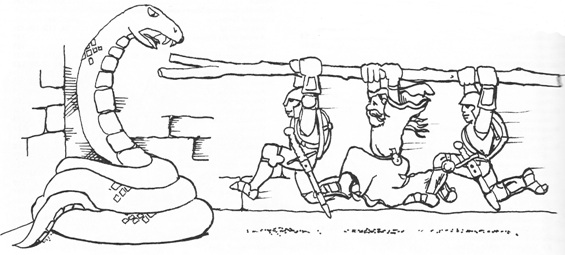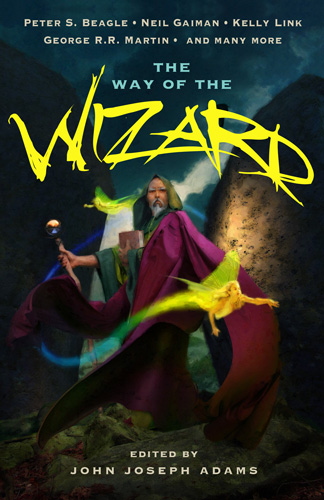A Strange Horizon Worth Viewing
 I’ve sometimes bought a book without knowing anything about it because it had a cool cover. Similarly, I’ve been drawn to read a story because of a cool title.
I’ve sometimes bought a book without knowing anything about it because it had a cool cover. Similarly, I’ve been drawn to read a story because of a cool title.
Case in point is “Young Love on the Run from the Federal Alien Administration New Mexico Division (1984)” by Grant Stone over at the May 9 edition of the weekly Strange Horizons webzine. The protagonist has fallen in love with an alien newly escaped from a government holding facility in Rosewell (where else?) during the aforesaid Orwellian year. The pair are on the run from grey-suited, mirrorshaded agents who want the alien back because the captured extraterrestrials are essential to some sort of Cold War research project; at the very least, the government doesn’t want the Soviets to get ahold of them. To try to get back home, the alien is trying to jerry rig a communications device from television and cassette recorder parts, the nod to ET phoning home no doubt intentional. As you might expect, the scenario is that just because you’re paranoid doesn’t mean people aren’t out to get you, even if they are trying to protect you. What you might not expect is that a kind heart sometimes comes from the sources you might think the most alien.
Sometimes you can’t judge a book by its cover, or a story by its title. In this case, you can. A “strange horizon” worth viewing.

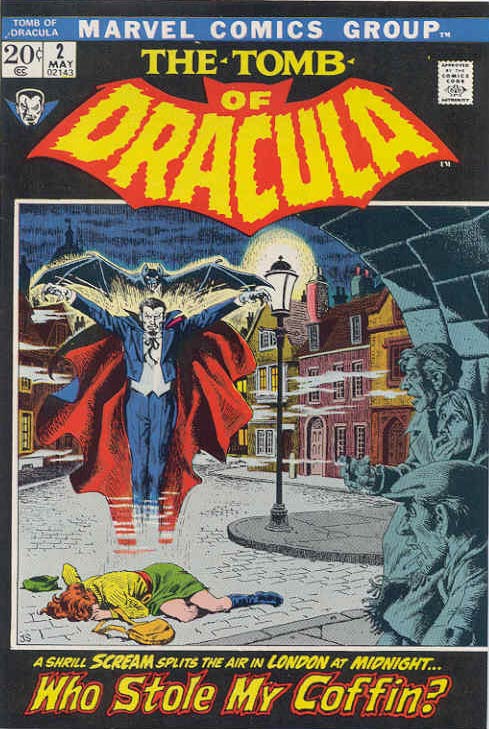
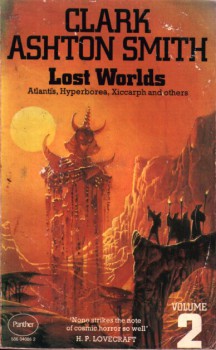
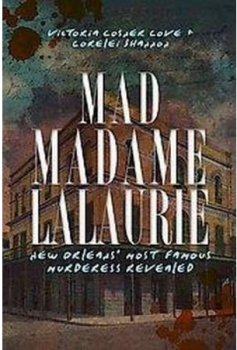
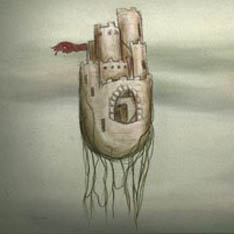 I had a quiet day at work, but blimey! I got a lot done!
I had a quiet day at work, but blimey! I got a lot done!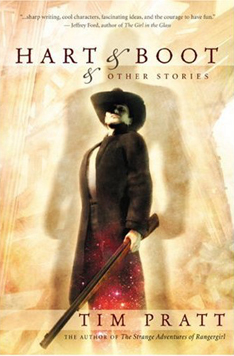 The second,
The second, 
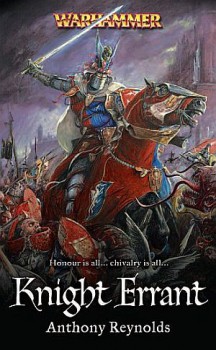 Knight Errant
Knight Errant